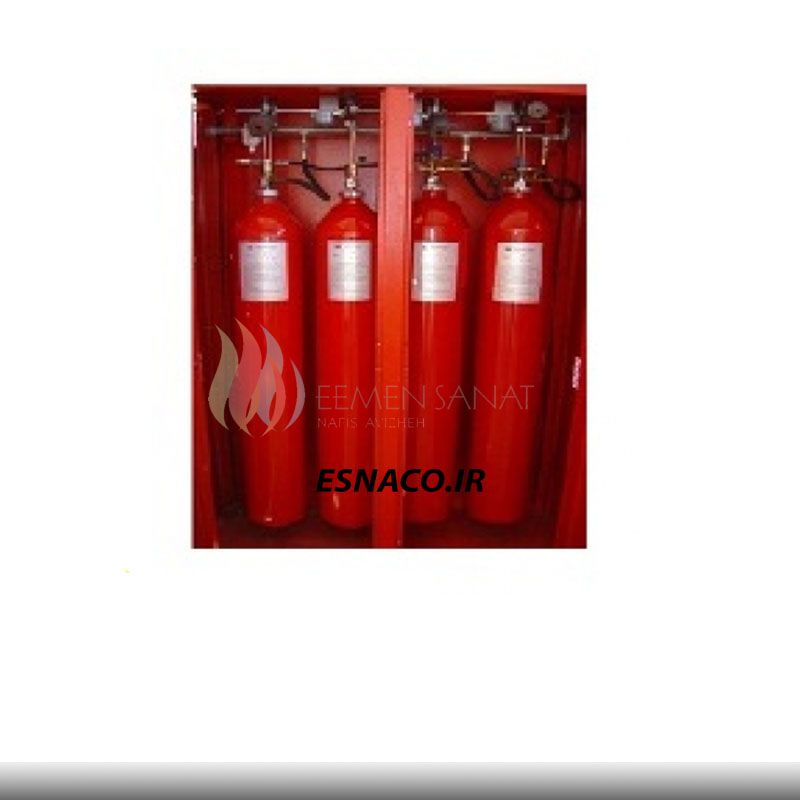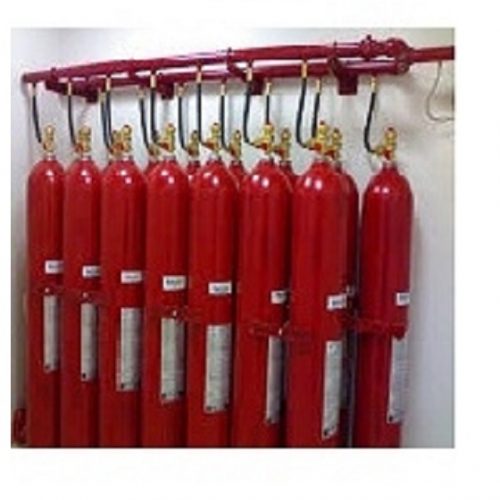فروشگاه
Co2 System
Systems using carbon dioxide, in enclosed spaces present a risk of suffocation. Numerous incidents have occurred where individuals in these spaces have been killed by carbon dioxide agent release. To prevent such occurrences, additional life safety systems are typically installed with a warning alarm that precedes the agent release. The warning, usually an audible and visible alert, advises the immediate evacuation of the enclosed space. After a preset time, the agent starts to discharge. Accidents have also occurred during maintenance of these systems, so proper safety precautions must be taken beforehand
Carbon dioxide or CO2 is a colorless, odorless, clean, dry, electrically non – conducting, non – corrosive, none damaging and non-deteriorating inert gas that is approximately 50 percent heavier than air. CO2 fire protection systems can quickly suppress a fire before it can cause damage to Facilities. Carbon dioxide gas has a high rate of expansion, which allows a fire protection system to work fast. When applied to a fire, CO2 provides a heavy blanket of gas that reduces the oxygen level to a point where combustion cannot occur. Since carbon dioxide is a gas, there is no clean-up associated with this fire suppression system discharge. CO2 fire suppression system is extremely versatile, effective on a wide range of flammable and combustible materials and approved for Class A, B, and C hazards According to most famous Codes & Standards. CO2 fire protection systems are available for use in total flooding or local fire protection applications Making it an effective fire protection system for a wide variety of hazards. Some of the more important types of hazards and equipment that Carbon Dioxide may satisfactorily protect include



Reviews
There are no reviews yet.